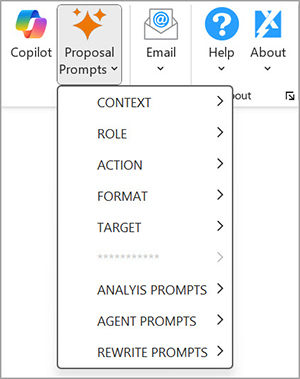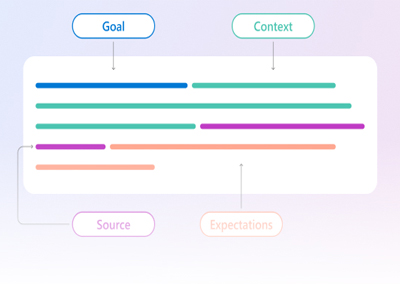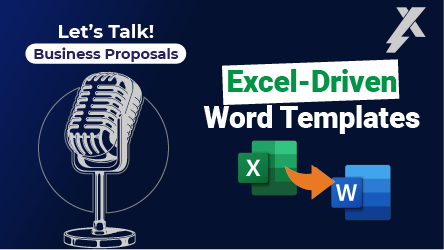What is Prompt Engineering?
Prompt engineering is the process of designing and refining prompts to communicate with AI models effectively. It involves crafting questions, statements, or instructions in a way that elicits the most accurate, relevant, and useful responses from the AI.
Why is Prompt Engineering Important?
- Improves AI Performance: Well-designed prompts help AI models understand the user’s intent more clearly, leading to better and more accurate responses.
- Enhances User Experience: By using precise and clear prompts, users can get the information they need more efficiently, making interactions with AI smoother and more satisfying.
- Facilitates Complex Tasks: For tasks that require detailed or specific information, prompt engineering ensures that the AI can handle the complexity and provide comprehensive answers.
- Reduces Ambiguity: Properly engineered prompts minimize misunderstandings and ambiguities, ensuring that the AI’s responses are aligned with the user’s expectations.
The CRAFT Method of Prompt Engineering
The CRAFT method is a structured approach to prompt engineering designed to help you create effective prompts. The acronym CRAFT stands for:
- Context: By providing clear context and specifying the role, the AI can generate concise and focused content that directly addresses the proposal’s requirements.
- Role: Defining the AI’s role helps in generating content that aligns with the expertise needed for the proposal, making the information more credible and authoritative.
- Action: Specifying the action ensures that the AI provides the exact type of information needed, whether it’s a summary, analysis, or list of benefits.
- Formatting: Indicating the format helps in creating well-structured and easily digestible content, which is crucial for proposal readability and presentation.
- Target Audience: Focus on the audience for the responses.
By focusing on these five components, the CRAFT method ensures that your prompts are clear, relevant, and tailored to your specific needs, leading to more accurate and contextually appropriate responses.
Proposal Example
Imagine you’re writing a proposal for a renewable energy project. Using the CRAFT framework, you might create a prompt like this:
- Context: “For a government grant proposal focused on renewable energy solutions…”
- Role: “As an expert in renewable energy policy…”
- Action: “Outline the key benefits of solar energy for urban areas.”
- Format: “Provide a bullet-point list.”
- Target Audience: “This information is for a panel of government officials evaluating grant proposals.”
This structured approach ensures that the AI’s response is tailored to the specific needs of the proposal, making it more likely to meet the evaluators’ criteria and stand out among other submissions.
Prompt Stacking
Multiple prompts can be combined by using each one separately in a series. After each prompt component, you can instruct Copilot to wait until all pieces are inserted. In that case, instruct Copilot to just respond, “I understand.”
Prompt Galleries
Expedience Software includes Prompt galleries in several of its Word-based applications. A Prompt gallery lists prompts organized into categories. In the following example, the prompts are organized by the CRAFT method, as well as by complex tasks. This is particularly useful for stacking multiple prompts:







